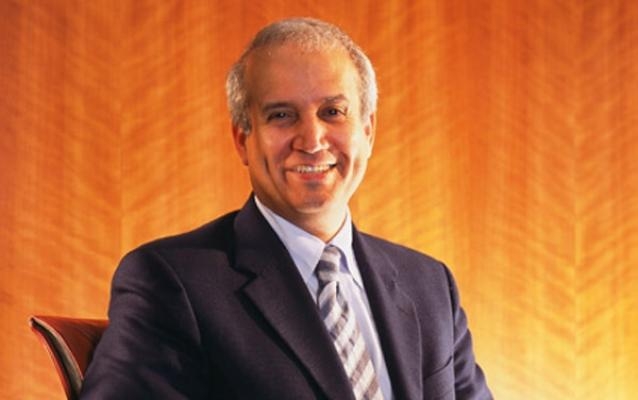Statements made after the meetings of G20 leaders promise a solution to the war in Syria. The new term being used is “solution to the violence” there. It is neither a political solution nor a reconciliation between Syrian powers, but a way of bandaging the crisis that is bleeding dangerously. US President Barack Obama said that Russia is the key and that “Gathering all powers on the ground in Syria is difficult, but talks with the Russians are essential.”
How will this solution to violence work? Can they seize rifles from hundreds of thousands of armed men? Can they dismiss soldiers like they do in regular armies? Is the Syrian president ready to step down? What is this violence? How does it work today? How can it be stopped? The violence will not stop without political arrangements that answer the difficult questions just because Obama agreed on that with the Russians.
If what we hear is true, the solution is based on acknowledging the status quo and surrendering to the rule of the current regime despite the killing, destruction and displacement that it has carried out over the last five years.
There is no real armed Syrian opposition left because it has been used by the main countries fighting in Syria. The Free Syrian Army (FSA) was used by the Americans to strike ISIS, and the Turks are using it to fight Kurdish groups in the north. It is said that there is no longer an armed Syrian opposition to fight its enemy, i.e. Assad’s forces and its allies. It is also said that those who are fighting Assad and the Iranians and are bringing down Russian planes are fighters of terrorist groups like ISIS and the Nusra Front, and that they are mostly Arabs, westerners and central Asians, rather than Syrians.
Does this description fit reality on the ground in Syria? The situation of the Syrian resistance is difficult, but is has not been eliminated or defeated. Tens of thousands of Syrians chose to confront the Assad regime’s forces, the Iranians, the Russians and the militias that they brought with them, and they are still fighting in their areas in defence of their causes and people. If they had not fought, the regime would have extended its authority to most of Syria as foreigners who have joined terrorist organisations are estimated at 5,000.
Despite the setbacks faced by the Syrian resistance, whether caused by its allies withdrawing support for it or the closure of borders in the north and south, it continues to battle fiercely on the ground. The regime did not achieve success even with massive support from Iran and Russia, and despite international and regional pressure on the opposition.
The war is still raging on most of Syrian territory, and neither peace nor defeat appears on the horizon. We are hearing about a new solution because Washington wants to end the violence without solving the problem like an ostrich that buries its head in the sand. President Obama will leave the White House in 12 weeks’ time, and he wants to end the violence as he agreed. However, the Russian President Vladimir Putin will remain and Ayatollah Khamenei will continue to rule Iran. They want only one solution: to subjugate the Syrians.
At the G20 summit in Hangzhou, China, they want a solution. What they can agree on is fighting ISIS and its terrorist sisters and granting Turkey the same right to fight Kurdish groups that are hostile to Ankara and abandon the Syrian opposition without a change in political stance. The proposed solution is an escape from reality and gives them the feeling that the Syrian issue will gradually wither and end with time.
They believe that summarising the crisis with the single word “violence” simplifies the task of negotiators. The final outcome of this will be that Assad will be imposed as ruler all over again despite killing half a million citizens in Syria and displacing 12 million people around the world. It will also result in Iran being granted power over Iraq, Syria and Lebanon.
Responsibility for the information and views set out in this article lies entirely with the author.


